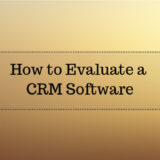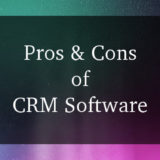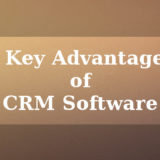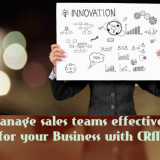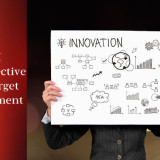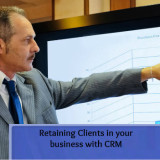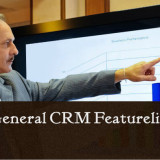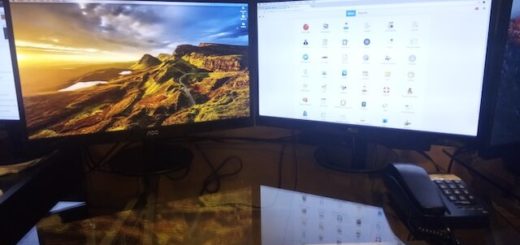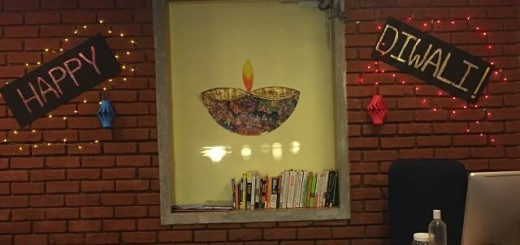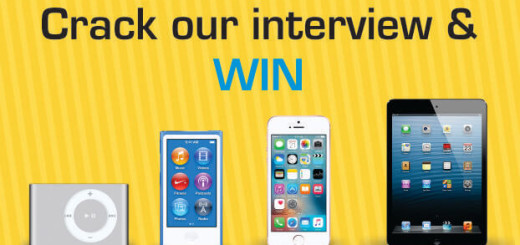Guidelines for Meetings
This is a work in progress document containing a skeleton of our guidebook on preparation for meetings & making them more productive. Watch this space for more updates!
As someone in our organization who represents our organization, you may find yourselves learning the below points, working on and sharing your knowledge.
BEFORE THE MEETING
– Email or SMS confirmation of the meeting.
– Send an SMS or email to the person(s), asking for a confirmation of the meeting date & time. If you’ve received one then revert to it.
– In case you’re late for a meeting, inform the Client that you’re coming in late. Do this at least 30 minutes before the actual meeting time.
Weapons for the meeting
– A pen & notepad, or have your devices well charged if you write on a phone, tablet or laptop.
– Make sure you make notes during the meeting.
Whatever gets penned down gets executed
Suitable attire for a meeting
What are your values? What are your Client’s values? This helps decide the dress code for the meeting.
Smart casuals or smart formals could be worn.
Know the meeting venue
Have the proper address. Know the whereabouts, travel time needed & modes of transport available.
Checkout Google maps for the address.
Prepare for the meeting
Run yourself through everything you would need to cover in the meeting.
Make a list of things that needs to be discussed or addressed in the meeting.
You can even send an agenda of the meeting in order of priority & email it to the person(s) you’re meeting.
FOR THE FIRST MEETING
The first meeting is about trust building.
Know a brief about the Client
Before you meet a client, see their website to analyze the following:
– Business processes
– Contact details, branches, offices, outlets, etc.
Always keep your phone on silent when in a meeting.
Do not check your phone, sms, Watsapp, etc. during the meeting.
DURATION OF THE MEETING
Preferably have a brief meeting of 30 mins, either internal or external.
Research shows that 30 minutes is the optimum attention span time.
DURING THE MEETING
– Have an agenda, flow for the meeting & circulate it to everyone in the meeting.
Use correct grammar, language & framing of the content on the meeting outline document.
– Verbally brief all the members the outline of the meeting before you get started.
It is very important for your voice modulation to be right at all times.
– Carry extra copies of documents that could be needed during the meeting / discussion.
– Have the points to be covered at the back of your mind, maintain eye contact & avoid constantly reading your meeting pointers as this would show a lack of your knowledge.
– Have a clear mind about what was discussed in your previous meetings with the Client to avoid asking repetitive questions.
– Be honest to the client. Do not misguide them. Value your words.
– Have a good presence of mind, learn to carefully listen & improvise your discussion as per what the attendants of the meeting want to know & not what you want to tell. Do not interrupt your Client while speaking.
– When in doubt, ask questions.
– Brief the Client a quick sum up of what you’ve understood from the meeting. This helps the Client know that you’ve completely understood.
– Avoid beating around the bush, speak to the point & avoid being blunt.
– With a Lead / Client, get your facts straight & avoid bluffing about anything, know what’s doable & what’s not.
– Constantly jot down important pointers during the meeting but don’t lose focus from what’s happening in the meeting.
– If you have a set of requirements from the Client or have doubts, explain how your requirement / doubt is relevant to the Client’s requirement.
– Gauge how the Client responds to what you have to say. This helps you say the right things and move your meeting in the right direction.
– Speak or address the Client’s questions precisely. Do not over explain unless the Client asks for it.
– Give appropriate pauses, speak clearly and at a normal pace. Make sure that the Client has understood the points of discussion. Only after this, go on to the next point.
– If you wish to interrupt the Client, ask if you can interrupt or slightly raise your hand. Don’t raise your hand high like an excited student though. 😉
– Do not ever raise your voice at any point of time in the meeting.
AFTER THE MEETING ENDS
– Have your minutes of the meeting, requirements & deliverables documented.
– Mail it to all the members. (When with a team, compare your notes before a final documentation.)
FOR THE FIRST MEETING WITH A PROSPECTIVE CLIENT
– Get the requirements right.
– Understand his business needs or the problems his business is facing, this is very important.
– See if your product / service (in this case CRM) would address the Client’s business needs & problems.
– If it doesn’t, in some cases we can build those extra modules / features. If we can’t, be honest about it. Say that you would not provide a solution to a Client if it’s not the right solution for him.
– Take all the measures to make sure that the Client’s needs are addressed. Eg: What he requires & what you’re offering, so there’s no understanding gap.
– Be honest about everything.
– Never try to push or force the deal to closure.
– Get the requirements frozen first & then only initiate the pricing discussion.
– Finalize the customizations or changes needed & requirements.
– Convey the value of the product &/or service correctly it will generate a good response.
DEAL CLOSING POINTS
– Mention 1 or 2 big Clients that you have closed of recent.
ABOUT COMPETITION
– Avoid comparing your product / service (in this case CRM) with competition at any point of time. Do not get into that discussion.
– Do not say negative things about any other vendor / competition.
– If the Client instigates, enquires or asks; say that you can help them understand how our software can add value to their business.
– Clients will always contact 3-4 vendors along with you. Hence, understanding the know-how of the competition is important.
NEGOTIATION
– Always place yourself as a premium vendor and not as a cost effective vendor.
– Do not fall into price wars.
– Keep your competition info & technological knowledge handy. Eg: You should have in depth knowledge about the hosting options, etc.
– Be 100% transparent with the Client. You can even go to the extent of sharing the profit margin you will earn. As this is subjective, you can take a call on whether to discuss this or not.
BASIC POINTS FOR DEAL CLOSURE
– Know your audience i.e. the person that you’ll meet: User, Influencer, Management / Decision maker, etc.
– Sit at ease, never look excited or disappointed.
– Never be afraid to lose a deal because of price, be sure to always communicate the value add your product and / or service can be.
– What is also highly important is that you check for your understanding with the Client,
– Check for understanding to build his confidence, i.e. Ask questions to ensure your understanding of the Client’s business & needs.
– Be proactive in asking the Client specific business terms, lingo or statements they may use. Do not assume.
ABOUT COMMITTING TO A CLIENT
– Under promise & over deliver, always.
Eg: If there’s a project delivery or a task at hand, always ask for more time than required. If a task needs 1 month, say you’ll need 2 months & deliver it in a week or month’s time. This is over delivering. 🙂




